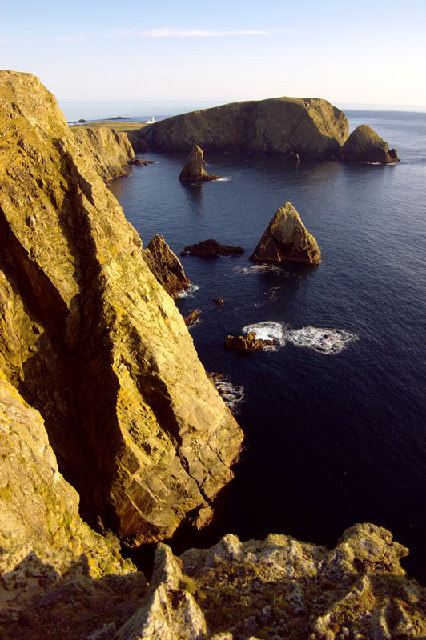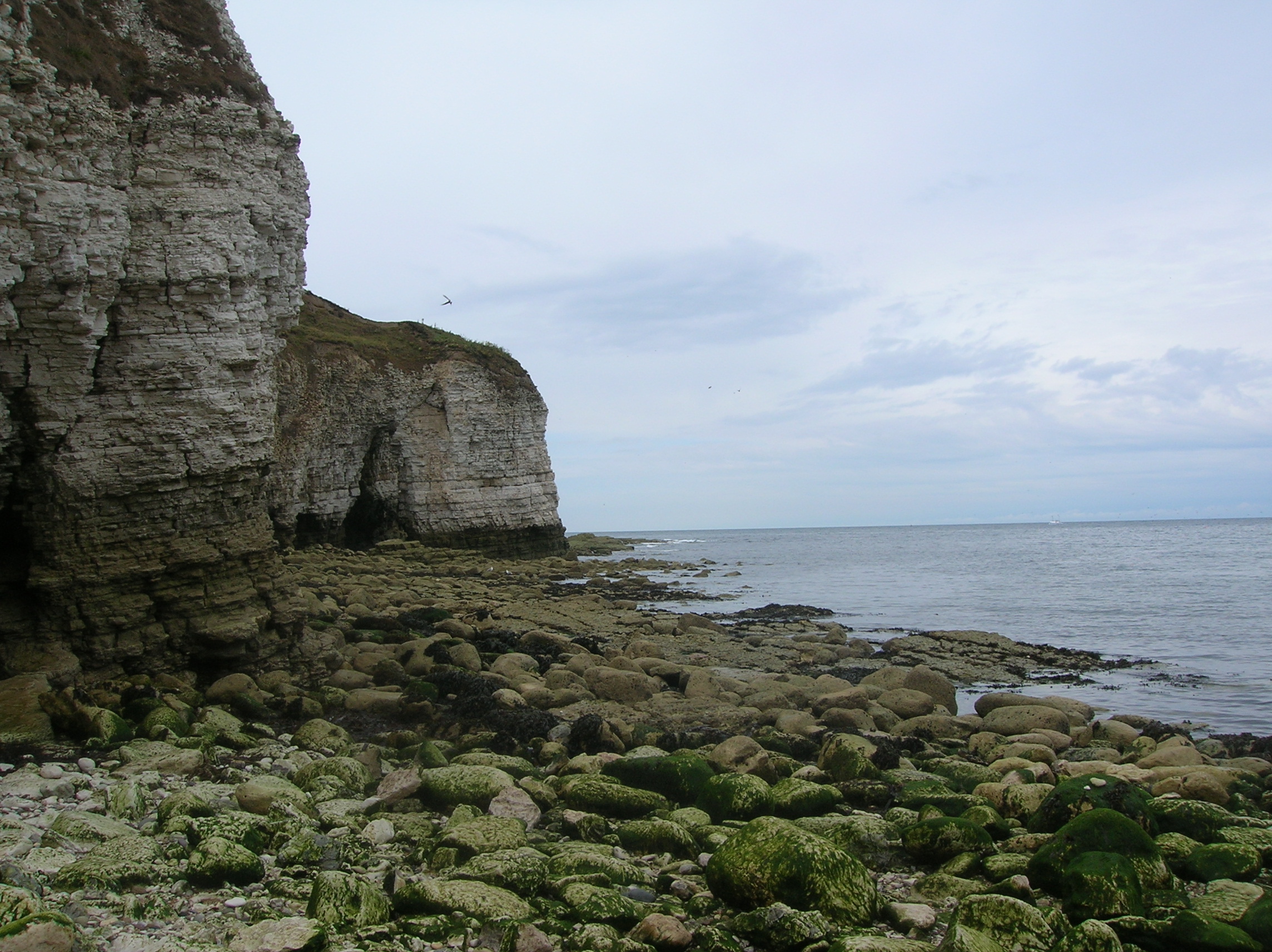|
Asian Brown Flycatcher
The Asian brown flycatcher (''Muscicapa dauurica'') is a small passerine bird in the flycatcher family Muscicapidae. The word ''Muscicapa'' comes from the Latin ''musca'', a fly and ''capere'', to catch. The specific ''dauurica'' refers to Dauria, an area of south-eastern Siberia named after a local nomadic tribe. This is an insectivorous species which breeds in Japan, eastern Siberia and the Himalayas. It is migratory and winters in tropical southern Asia from southern India and Sri Lanka east to Indonesia. The correct specific epithet for this species is disputed. Description This species is long, including the cocked tail. It is similar in shape to the larger spotted flycatcher, but is relatively longer-tailed. The dark bill is relatively large and broad-based. The adult has grey-brown upperparts, which become greyer as the plumage ages, and whitish underparts with brown-tinged flanks. Young birds have scaly brown upperparts, head and breast. Geographical variation ... [...More Info...] [...Related Items...] OR: [Wikipedia] [Google] [Baidu] |
Peter Simon Pallas
Peter Simon Pallas FRS FRSE (22 September 1741 – 8 September 1811) was a Prussian zoologist and botanist who worked in Russia between 1767 and 1810. Life and work Peter Simon Pallas was born in Berlin, the son of Professor of Surgery Simon Pallas. He studied with private tutors and took an interest in natural history, later attending the University of Halle and the University of Göttingen. In 1760, he moved to the University of Leiden and passed his doctor's degree at the age of 19. Pallas travelled throughout the Netherlands and to London, improving his medical and surgical knowledge. He then settled at The Hague, and his new system of animal classification was praised by Georges Cuvier. Pallas wrote ''Miscellanea Zoologica'' (1766), which included descriptions of several vertebrates new to science which he had discovered in the Dutch museum collections. A planned voyage to southern Africa and the East Indies fell through when his father recalled him to Berlin. ... [...More Info...] [...Related Items...] OR: [Wikipedia] [Google] [Baidu] |
Monotypic
In biology, a monotypic taxon is a taxonomic group (taxon) that contains only one immediately subordinate taxon. A monotypic species is one that does not include subspecies or smaller, infraspecific taxa. In the case of genera, the term "unispecific" or "monospecific" is sometimes preferred. In botanical nomenclature, a monotypic genus is a genus in the special case where a genus and a single species are simultaneously described. In contrast, an oligotypic taxon contains more than one but only a very few subordinate taxa. Examples Just as the term ''monotypic'' is used to describe a taxon including only one subdivision, the contained taxon can also be referred to as monotypic within the higher-level taxon, e.g. a genus monotypic within a family. Some examples of monotypic groups are: Plants * In the order Amborellales, there is only one family, Amborellaceae and there is only one genus, '' Amborella'', and in this genus there is only one species, namely ''Amborella trichopoda. ... [...More Info...] [...Related Items...] OR: [Wikipedia] [Google] [Baidu] |
Birding World
''Birding World'' was a monthly birding magazine published in the United Kingdom. It was the magazine of the Bird Information Service, based at Cley next the Sea, Norfolk. With the publication of issue No. 26/12 in January 2014, ''Birding World'' magazine ceased publication. History and profile Originally published in 1987 as ''Twitching'' volume 1, the magazine underwent a name-change to this name, in 1988 (also resetting its volume count back to 1). The editor was Steve Gantlett, and the assistant editor Richard Millington. It was aimed at birders with an interest in the occurrence and identification of rare birds in the United Kingdom and the Western Palearctic. It also covered birding-related material from around the globe. The range of material published included: * papers on bird identification, often including proposed new identification characters for difficult groups of taxa * news articles on rare birds in Britain and elsewhere in the Western Palearctic Significan ... [...More Info...] [...Related Items...] OR: [Wikipedia] [Google] [Baidu] |
Fair Isle
Fair Isle (; sco, Fair Isle; non, Friðarey; gd, Fara) is an island in Shetland, in northern Scotland. It lies about halfway between mainland Shetland and Orkney. It is known for its bird observatory and a traditional style of knitting. The island has been owned by the National Trust for Scotland since 1954. Geography the most remote inhabited island in the United Kingdom. It is administratively part of the parish of Dunrossness, Shetland, and is roughly equidistant from Sumburgh Head, some to the northeast on the Mainland of Shetland and North Ronaldsay, Orkney, some to the southwest. Fair Isle is long and wide. It has an area of , making it the tenth-largest of the Shetland Islands. It gives its name to one of the British Sea Areas. Most of the islanders live in the crofts on the southern half of the island, the northern half consisting of rocky moorland. The western coast consists of cliffs of up to in height, Ward Hill at being the highest point of the isla ... [...More Info...] [...Related Items...] OR: [Wikipedia] [Google] [Baidu] |
East Riding Of Yorkshire
The East Riding of Yorkshire, or simply East Riding or East Yorkshire, is a ceremonial county and unitary authority area in the Yorkshire and the Humber region of England. It borders North Yorkshire to the north and west, South Yorkshire to the south-west, and Lincolnshire to the south. The coastal towns of Bridlington, Hornsea and Withernsea are popular with tourists, the town of Howden contains Howden Minster, Market Weighton, Pocklington, Brough, Hedon and Driffield are market towns with markets held throughout the year and Hessle and Goole are important port towns for the county. The port city of Kingston upon Hull is an economic, transport and tourism centre which also receives much sea freight from around the world. The current East Riding of Yorkshire came into existence in 1996 after the abolition of the County of Humberside. The county's administration is in the ancient market town of Beverley. The landscape is mainly rural, consisting of rolling hills, valley ... [...More Info...] [...Related Items...] OR: [Wikipedia] [Google] [Baidu] |
Flamborough Head
Flamborough Head () is a promontory, long on the Yorkshire coast of England, between the Filey and Bridlington bays of the North Sea. It is a chalk headland, with sheer white cliffs. The cliff top has two standing lighthouse towers, the oldest dating from 1669 and Flamborough Head Lighthouse built in 1806. The older lighthouse was designated a Grade II* listed building in 1952 and is now recorded in the National Heritage List for England, maintained by Historic England. The cliffs provide nesting sites for many thousands of seabirds, and are of international significance for their geology. Special Area of Conservation Flamborough Head has been designated a Special Area of Conservation (SAC) by the British Government's Joint Nature Conservation Committee (JNCC). (Special Areas of Conservation are strictly protected sites designated under the European Community Habitats Directive, which requires the establishment of a European network of important high-quality conservati ... [...More Info...] [...Related Items...] OR: [Wikipedia] [Google] [Baidu] |
Chewing Louse
The Mallophaga are a possibly paraphyletic section of lice Louse ( : lice) is the common name for any member of the clade Phthiraptera, which contains nearly 5,000 species of wingless parasitic insects. Phthiraptera has variously been recognized as an order, infraorder, or a parvorder, as a resul ..., known as chewing lice, biting lice, or bird lice, containing more than 3000 species. These lice are external parasites that feed mainly on birds, although some species also feed on mammals. They infest both domestic and wild mammals and birds, and cause considerable irritation to their hosts. They have paurometabolis or incomplete metamorphosis. Characteristics About 3000 species of Mallophaga are in the world. They are easily identifiable by their heads, which are wider than their prothoraces. Species that feed on birds usually have two claws at the tip of each tarsus, while those that feed on mammals usually have only one claw. Mallophaga have mandibulate mouthparts wh ... [...More Info...] [...Related Items...] OR: [Wikipedia] [Google] [Baidu] |
Asian Brown Flycatcher - Muscicapa Dauurica
Asian may refer to: * Items from or related to the continent of Asia: ** Asian people, people in or descending from Asia ** Asian culture, the culture of the people from Asia ** Asian cuisine, food based on the style of food of the people from Asia ** Asian (cat), a cat breed similar to the Burmese but in a range of different coat colors and patterns * Asii (also Asiani), a historic Central Asian ethnic group mentioned in Roman-era writings * Asian option, a type of option contract in finance * Asyan, a village in Iran See also * * * East Asia * South Asia * Southeast Asia Southeast Asia, also spelled South East Asia and South-East Asia, and also known as Southeastern Asia, South-eastern Asia or SEA, is the geographical south-eastern region of Asia, consisting of the regions that are situated south of mainlan ... * Asiatic (other) {{disambiguation ... [...More Info...] [...Related Items...] OR: [Wikipedia] [Google] [Baidu] |
John C
John is a common English name and surname: * John (given name) * John (surname) John may also refer to: New Testament Works * Gospel of John, a title often shortened to John * First Epistle of John, often shortened to 1 John * Second Epistle of John, often shortened to 2 John * Third Epistle of John, often shortened to 3 John People * John the Baptist (died c. AD 30), regarded as a prophet and the forerunner of Jesus Christ * John the Apostle (lived c. AD 30), one of the twelve apostles of Jesus * John the Evangelist, assigned author of the Fourth Gospel, once identified with the Apostle * John of Patmos, also known as John the Divine or John the Revelator, the author of the Book of Revelation, once identified with the Apostle * John the Presbyter, a figure either identified with or distinguished from the Apostle, the Evangelist and John of Patmos Other people with the given name Religious figures * John, father of Andrew the Apostle and Saint Peter * Pope ... [...More Info...] [...Related Items...] OR: [Wikipedia] [Google] [Baidu] |
Subspecies
In biological classification, subspecies is a rank below species, used for populations that live in different areas and vary in size, shape, or other physical characteristics ( morphology), but that can successfully interbreed. Not all species have subspecies, but for those that do there must be at least two. Subspecies is abbreviated subsp. or ssp. and the singular and plural forms are the same ("the subspecies is" or "the subspecies are"). In zoology, under the International Code of Zoological Nomenclature, the subspecies is the only taxonomic rank below that of species that can receive a name. In botany and mycology, under the International Code of Nomenclature for algae, fungi, and plants, other infraspecific ranks, such as variety, may be named. In bacteriology and virology, under standard bacterial nomenclature and virus nomenclature, there are recommendations but not strict requirements for recognizing other important infraspecific ranks. A taxonomist decides whe ... [...More Info...] [...Related Items...] OR: [Wikipedia] [Google] [Baidu] |
_by_Dharani_Prakash.jpg)



